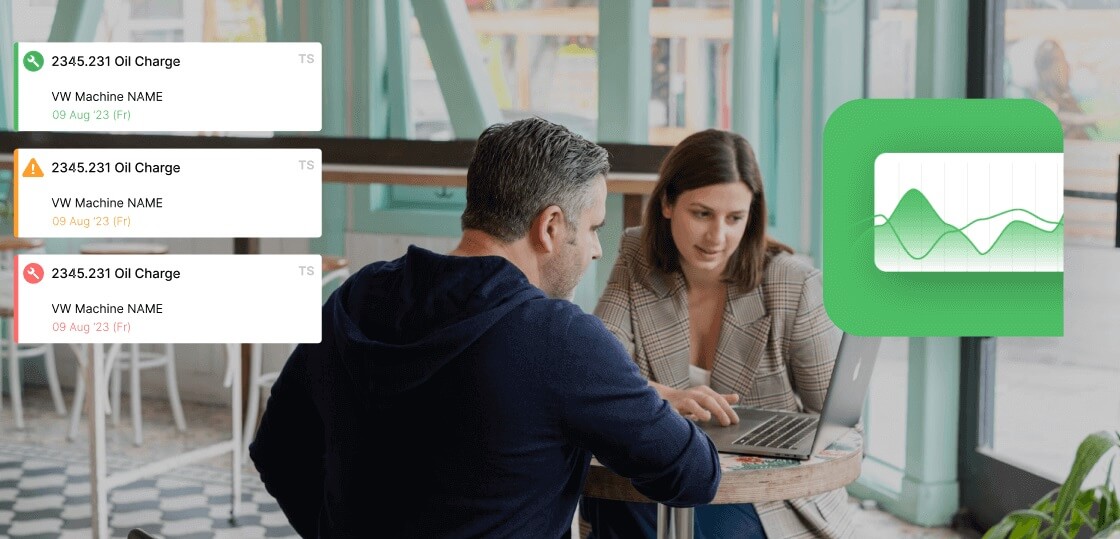This is the practical, step-by-step playbook for running a successful SMED event that delivers real, sustainable results.
Step 1: Diagnose the Problem with OEE Data
The Action: Before you do anything, you need a data-driven starting point. You need to know how long your changeovers are actually taking, not how long they're supposed to take.
The System You Need: Use your OEE system to provide the undeniable diagnosis. It will automatically track and time your changeovers, giving you a clear baseline and helping you identify which machines or products are your biggest offenders.
Step 2: Observe and Separate the Elements
The Action: With your team (operators, technicians, supervisors), observe and record every single task performed during the changeover. Then, categorize each task as either "Internal" or "External."
The System You Need: Use the mobile app of your CMMS to document this process right on the factory floor. You can create a task list for the current process and even take photos or videos of each step to analyze with your team later.
Step 3: Convert Internal Activities to External
The Action: This is the creative heart of the SMED process. Go through your list of "Internal" tasks and ask your team: "Which of these could we do in advance if we had the right tools and processes?"
This includes activities like pre-heating molds, preparing tooling kits, staging raw materials, and completing required paperwork.
The System You Need: Your CMMS can help manage this preparation. You can create recurring work orders for "kitting" all necessary tools and materials before the changeover is even scheduled to begin.
Step 4: Streamline and Standardize the New Process
The Action: This is the most critical step for making your improvements last. You must document the new, optimized process in a clear, sequential checklist.
The System You Need: This is the killer application for an integrated platform. The new, faster process becomes a mandatory digital checklist within a CMMS work order.
This ensures the operator, Tom, follows the optimized procedure perfectly every single time, turning tribal knowledge into a standardized, bulletproof system.
Step 5: Measure, Verify, and Repeat
The Action: After implementing the new process, you must measure it to confirm it's actually faster and to prove the value of your team's hard work.
The System You Need: Your OEE system closes the loop. It automatically tracks the new, shorter changeover times.
This provides the hard data you need to prove the project's ROI to Paula and build momentum for the next SMED event.







